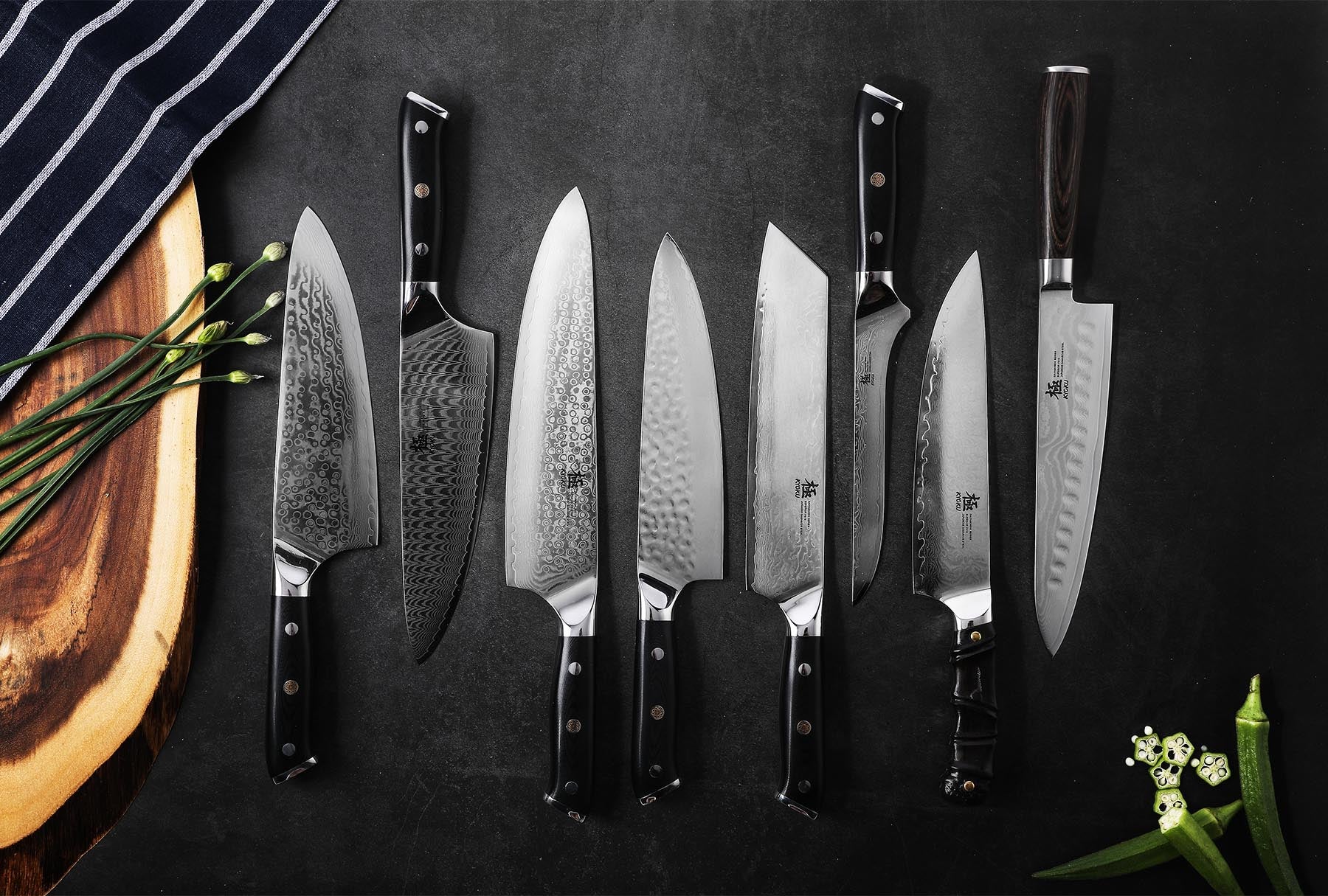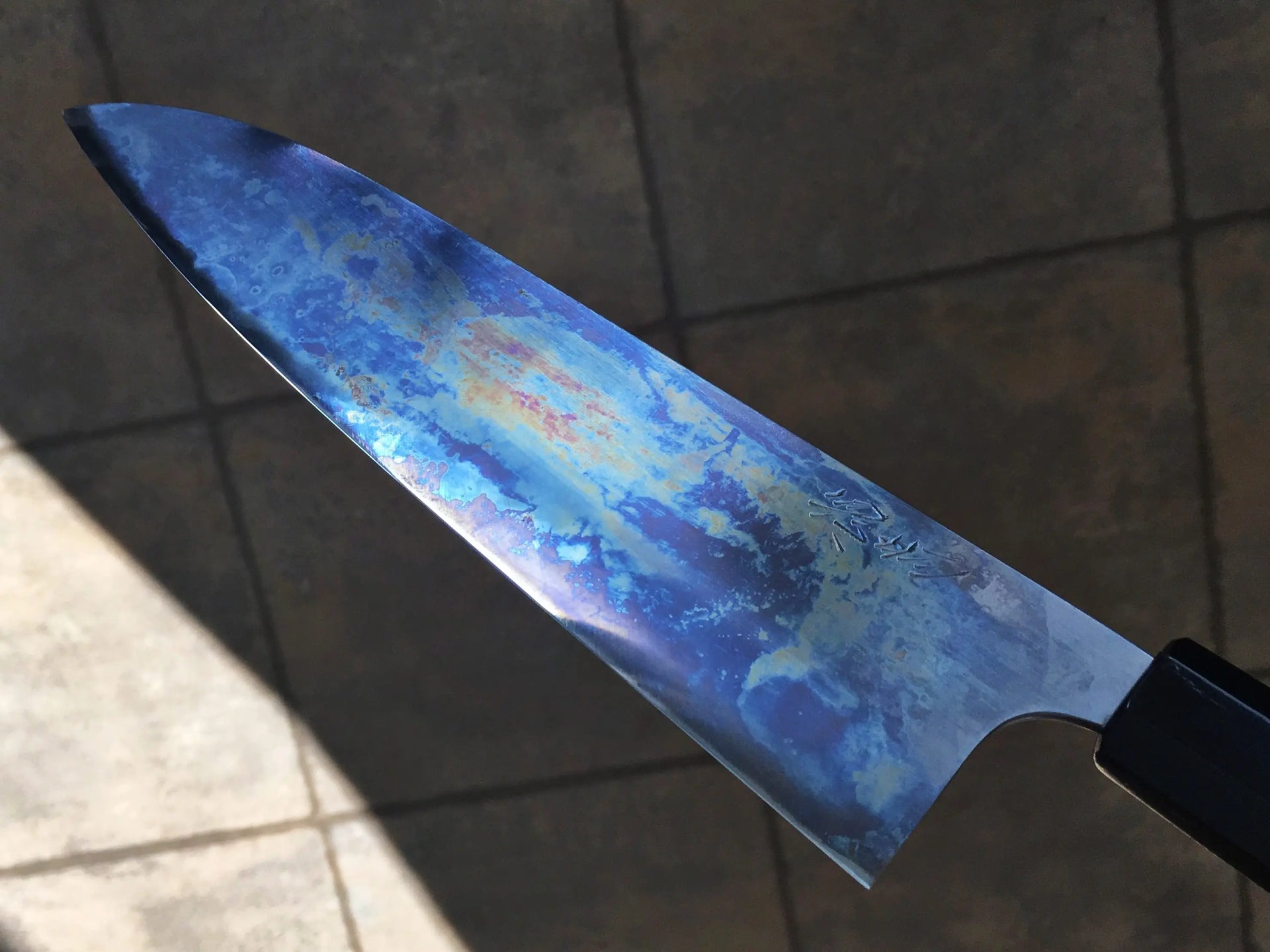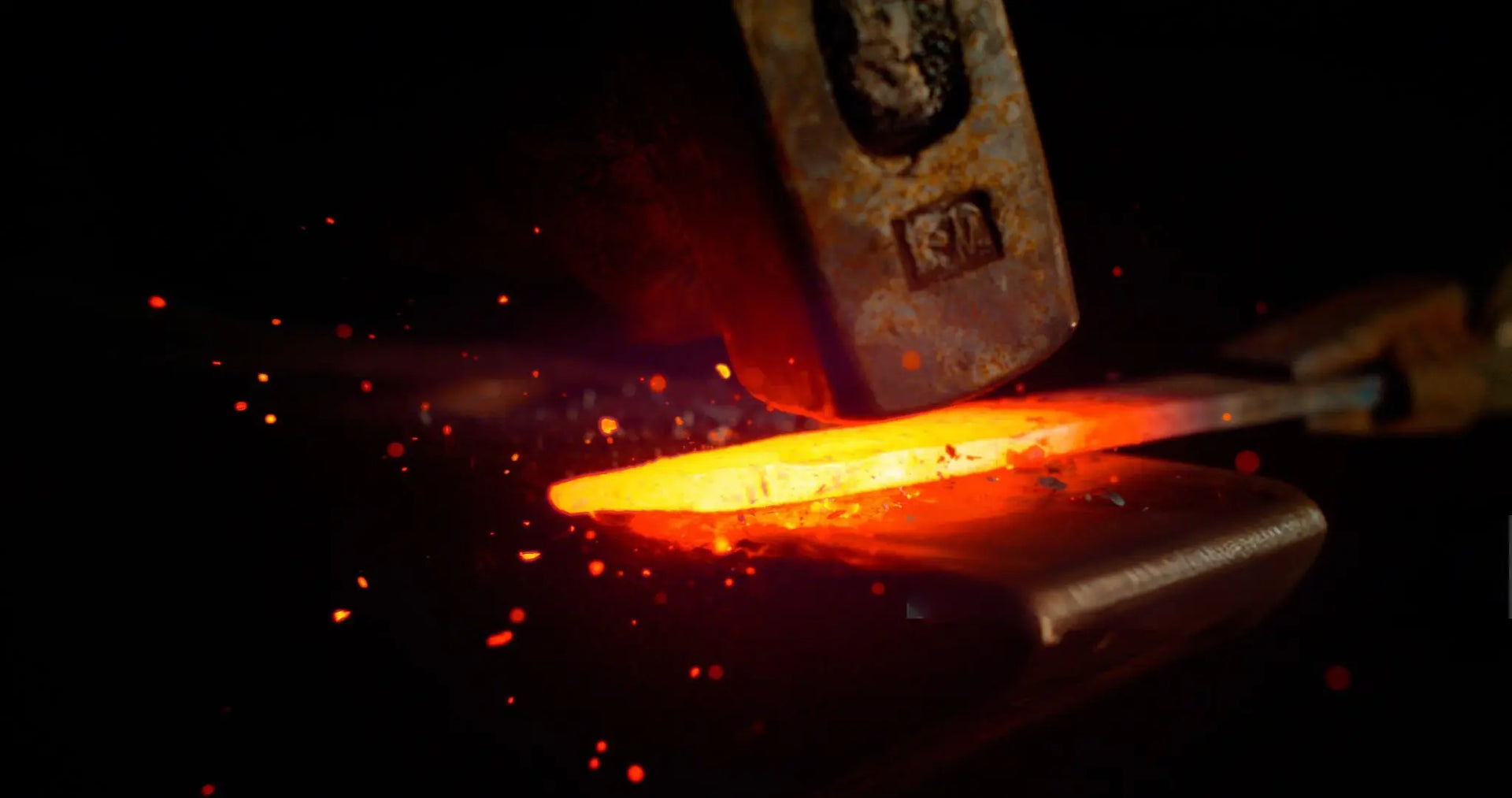12 Inch Multifunctional Grater
Description
Descriptions
Durable Cheese and Zester Grater made of Stainless Steel with Multipurpose Design.
This 11.8-inch cheese grater is made of sturdy 430 stainless steel and has a plastic handle. It can be used for shredding hard cheeses, chocolate, vegetables, and more.
The razor-sharp holes on one side are perfect for finely grating parmesan and romano cheese, while the wider side is suitable for shredding cheddar or mozzarella. The grater also has a zester/peeler blade, making it ideal for food preparation. The small 1.25-inch size makes it easy to store in drawers for convenient grating tasks.
Whether you're preparing salads, pasta, desserts, or garnishes, use this versatile stainless steel grater to quickly grate and zest ingredients. The sturdy brushed metal finish will complement any kitchen.
Specifications
- Materials: 430 stainless steel, plastic handle
- Length: 11.8 inches
- Width: 1.25 inches
how to clean cheese grater
Cleaning a cheese grater can be bothersome, but it doesn't have to be. Begin by rinsing it under warm water and gently wiping off any loose bits of cheese. If there is ample greasy residue, soak it in soapy water for a few minutes to loosen things up.
When it's time to scrub, use a sponge or brush to clean carefully around the crevices where cheese accumulates. An old toothbrush is effective for reaching small spaces. If anything is stuck, add baking soda or salt to help remove it.
Rinse thoroughly after scrubbing to eliminate any soap residue. Allow the grater to air dry completely before storing it away. A damp grater in the cupboard is prone to mold growth. For occasional deep cleaning, soak the grater in diluted bleach, making sure to rinse and dry fully when finished.
KYOKU SPIRITS
Kyoku draws from the samurai's legacy, creating affordable high-end Japanese cutlery for chefs and home cooks worldwide with a passion for culinary creativity.
Blog posts
What is Patina and Why Is It Good For Your Knives?
Discover what is patina on carbon steel knives, why this protective layer matters, and how to develop beautiful patterns that tell your cooking story.
Carbon Steel vs Stainless Steel Knives
Carbon Steel vs Stainless Steel Knives: Discover which performs better, requires less maintenance, and why serious chefs choose one over the other.
Why is Knife Roll The Best Way to Store Knives for Travelers
Discover the perfect way to store knives while traveling. This guide to knife rolls will keep your blades safe, sharp, and secure anywhere.
FREQUENTLY ASKED QUESTIONS
What is a chef's knife?
A chef's knife is your kitchen's multi-tool, designed to tackle a variety of tasks like slicing, dicing, and chopping. Its pointed tip and curved edge make it perfect for precise cuts and effortless rocking motions.
How do I choose the right chef's knife?
Consider the blade length, material, and handle comfort. An 8-inch stainless steel knife is a great starting point. Think about the types of food you usually prepare and how the knife feels in your hand.
What makes Damascus steel chef's knives special?
Damascus steel knives stand out for their exceptional sharpness, durability, and beautiful patterned design. Made from layers of steel, they hold their edge well and are favored by many professionals and cooking enthusiasts.
Can I use a chef's knife for both meat and vegetables?
Absolutely! That's the beauty of a chef's knife. It's versatile enough to handle both meat and vegetables, making it a true kitchen essential.
How should I care for my chef's knife?
Treat your knife with care! Hand wash it with mild soap, dry it immediately, and store it in a knife block or on a magnetic strip. Sharpen it regularly to keep it in top shape and avoid using it on hard surfaces.
What's the difference between a chef's knife and a Santoku knife?
Both are versatile, but a chef's knife has a curved blade for rocking motions, while a Santoku knife has a straighter edge and thinner blade for precise slicing. Choose the one that suits your cutting style best.
Why do professionals love carbon steel chef's knives?
Carbon steel knives are incredibly sharp and easy to sharpen, making them a favorite among chefs. Just remember they need a little extra care to prevent rust.
















